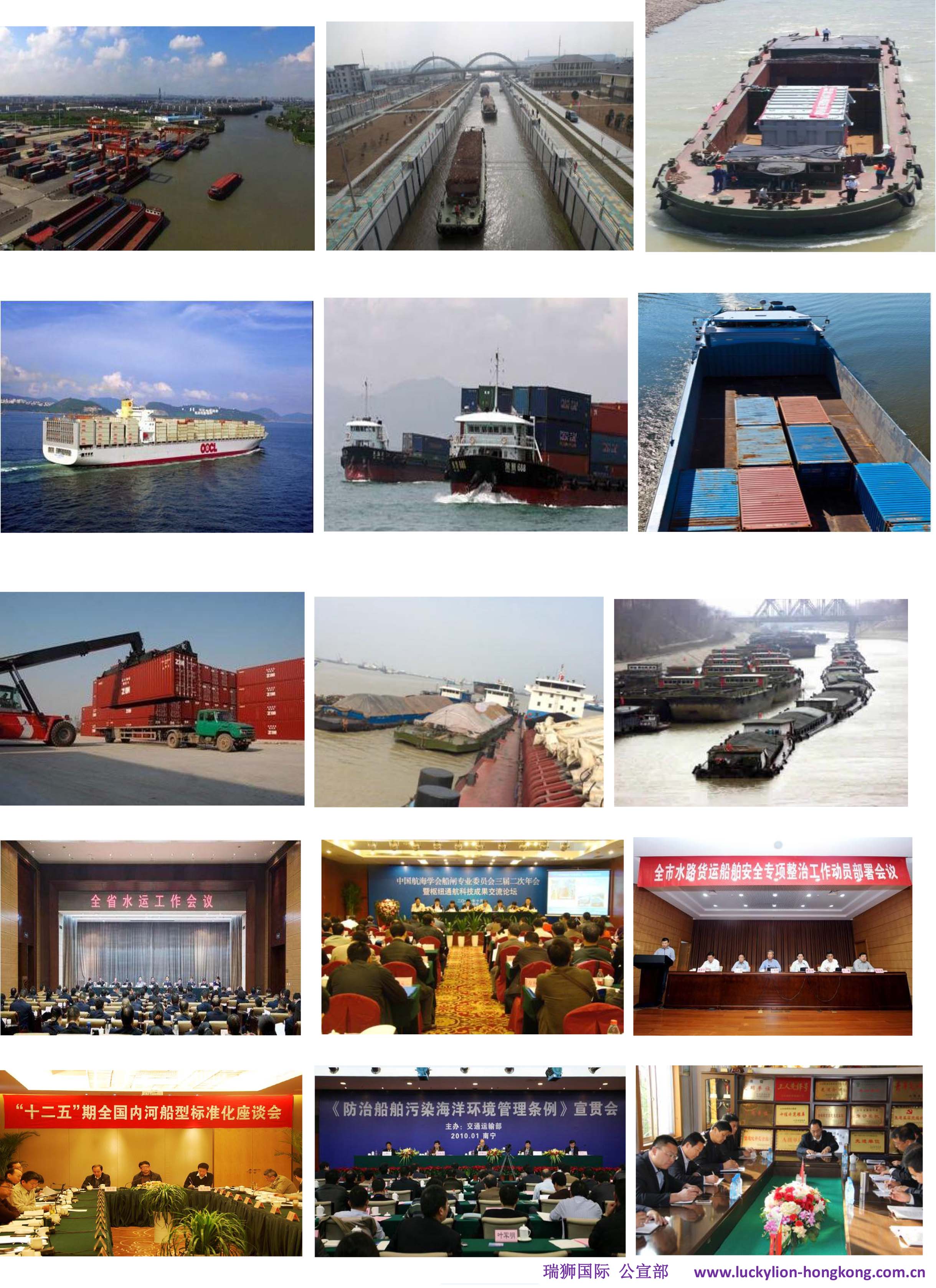transportation cost
The cost of inland water transport. Inland waterway transportation refers to the operation of passenger and cargo services between ships on rivers and rivers. Compared with coastal transportation and ocean transportation, it has a smaller tonnage. Its cost reduces the calculation cost of passengers and freight, and also calculates the transportation classification cost according to different types of transportation. The classification cost mainly includes the following types: passenger transportation for passenger passenger transportation and towing freight transportation; oil transportation for oil tanker oil transportation, towing Oil transportation; transportation is the tugboat. Hanoi transportation expenses are generally divided into shipping costs and port charges. The cost of the ship refers to the various costs of the ship, including the ship's staff, the extraction and repair costs, accident losses and other expenses. The port charges refer to the port charges that are borne by the transport vessel and the port charges of the external units. The cost of inland water transportation is calculated by month, quarter and year. Generally speaking, the cost of the ship should be collected according to different ship types. For ships with larger tonnages, single ship collection can also be carried out separately. When calculating the cost of transport classification, the cost of the vessel collected by type of vessel should be distributed among the transport categories.
Shipping role
Inland navigation is an important part of the modern integrated transportation system and one of the main contents of rational development and comprehensive utilization of water resources.
In recent years, the roads along the inland river have accelerated the pace of construction. The comprehensive transportation network along the inland rivers will be further improved, and a situation in which multiple modes of transportation coexist and compete with each other is taking shape. The development of iron and road networks along the inland river will undoubtedly divert the supply of inland navigation within a certain period of time. However, the modern economy has a large demand for transportation, and it is also diverse: various modes of transportation have their own advantages and disadvantages, each There is a source of supply for its existence and development.
Shipping characteristics
Compared with railways and highways, the Yangtze River Shipping has the advantages of slow speed and weak timeliness. At the same time, there are advantages of low investment, large capacity, low cost and low energy consumption. The transportation of bulk and containerized goods without timeliness requirements, especially the need for stable quantity, continuous delivery can meet their needs, and the price is not high. Shipping costs account for a large proportion of the bulk of the bulk of the goods, inland shipping has a clear advantage.
Railway transportation has the advantages of high speed and high capacity. The shortcoming lies in the large investment in railway construction, the occupation of cultivated land, and the transportation cost is higher than that of water transportation. It is suitable for long-distance passenger transportation and medium-long-distance bulk cargo transportation with strong timeliness.
Road transportation has the advantages of high speed, convenient transportation, convenient and flexible. At the same time, highway construction occupies a large amount of cultivated land, transportation energy consumption is high, cost railway is higher, higher than water transportation, suitable for passenger transportation and medium-distance cargo transportation.
Therefore, fundamentally speaking, as an important part of the comprehensive transportation system, inland navigation will still play an irreplaceable role in the overall transportation system of the basin.
